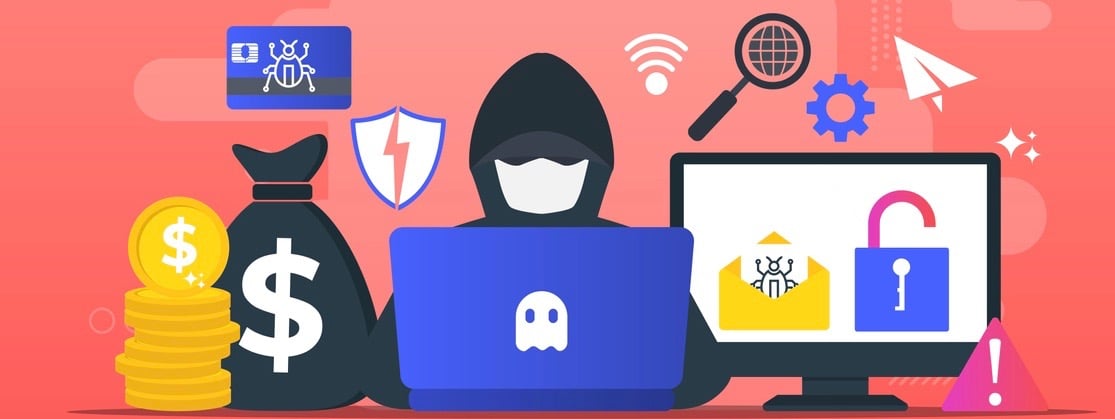Small businesses have a target on their back for cyber criminals. The reason is because often their security practices are missing key components making them more vulnerable. Where should a business spend money and in what order, if a full strategy cannot be implemented all at once? I've put together an example roadmap tailored for small businesses. Everyone is different, so the order may change depending on your specific needs.
Endpoint Protection:
Install antivirus software on all endpoints and servers, including computers, laptops, and mobile devices.
Ensure that the antivirus software includes features like real-time scanning, automatic updates, and behavior analysis to detect and prevent malware. The first step to any strategy is to make sure your servers and endpoints are protected.
Access Control:
Enforce the principle of least privilege to restrict access rights for users and systems. Implement strong authentication mechanisms, such as multi-factor authentication (MFA), to enhance access security.
Firewall Protection:
Implement a firewall to monitor and control incoming and outgoing network traffic. Combine a hardware firewall (at the network perimeter) with software (client) firewalls on individual devices for comprehensive protection. Usually, client firewalls are included with your anti-virus software. The firewall provider will help you configure everything correctly and provide any on-going support you need.
Regular Backups:
Regularly back up critical data and ensure that backups are stored securely and can be quickly restored. In case of a ransomware attack, having recent backups can mitigate data loss and downtime. Keep in mind that backups should be stored locally for fast restoration and also offsite (cloud) for disaster recovery. Remember to include SQL databases and websites. Backups should be bare-metal meaning that the entire computer is backed up including the operating system and all the applications. The reason is some applications that you are using may not be available anymore and license keys stored on your computer can be difficult to replace.

Email Security:
Use email filtering solutions to detect and block phishing attempts, malware-laden attachments, and suspicious links. This is a separate solution from your endpoint antivirus. It's can be offered as add-on feature. Sometimes it's referred to as Hosted Email Security (HES). Don't rely on Microsoft 365 or Google Workspace to protect your email. Remember, no solution is 100%, so in addition to HES, train employees on recognizing phishing emails and practicing safe email habits.
Patch Management:
Keep all operating systems, software, and applications up to date with the latest security patches. Implement a patch management system to automate updates and ensure timely installations. Patch management can be included as a feature of some endpoint solutions (more cost effective), or available stand-alone. This solution will let you control when and how applications on your computers update, including your MS Windows updates. It will help prevent computers from going long periods without updating. It can also help prevent updates form happening during productive working hours.
Security Awareness Training (SAT):
This is a educational software that will take each of your employees through learning modules designed to educate them about email security best practices, social engineering threats, and the importance of following company security policies. As an admin you can send test emails that mimic real life threats to evaluate your company's compliance levels. SAT is required with most cyber security insurance providers; Your antivirus provider probably offers it.
Most small businesses only employ endpoint protection. Cyber criminals know this and take advantage of it! Follow this roadmap and your are off to a good start protecting your business.
